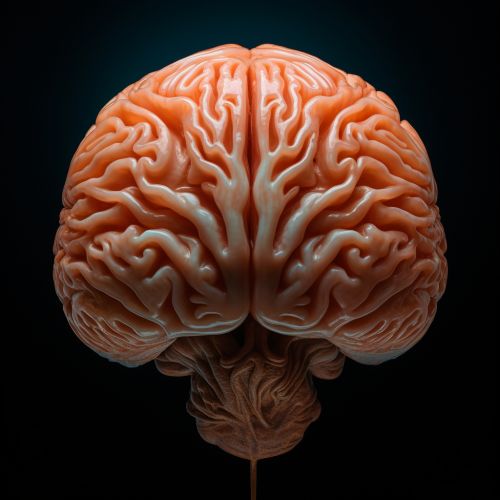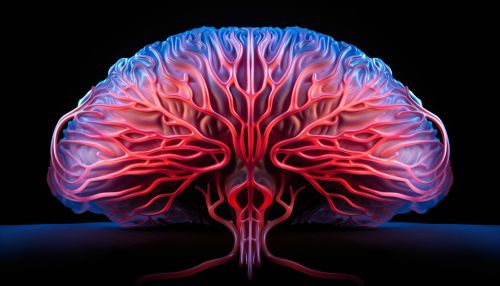Corpus Callosum
Anatomy
The corpus callosum is a broad band of nerve fibers located in the brain. It is the largest white matter structure in the brain, consisting of 200-250 million contralateral axonal projections. The corpus callosum enables communication between the left and right cerebral hemispheres, facilitating the integration of sensory, motor, and cognitive performances.


Development
The development of the corpus callosum begins during the fetal period, around the 12th to 16th week of gestation. This process, known as neurogenesis, involves the proliferation of neurons and their migration to form the corpus callosum. The development continues postnatally, with myelination of the fibers occurring in a specific sequence.
Function
The corpus callosum plays a crucial role in the interhemispheric communication, integrating sensory, motor, and cognitive information between the two cerebral hemispheres. It is involved in several functions such as eye movement, maintaining the balance of arousal and attention, tactile localization, and sensory-motor integration.
Clinical Significance
Abnormalities or damage to the corpus callosum can lead to a range of neurological disorders. Agenesis of the corpus callosum (ACC) is a congenital disorder characterized by a partial or complete absence of the corpus callosum. ACC can lead to cognitive and social difficulties, although the severity can vary widely among individuals.
Other conditions associated with corpus callosum abnormalities include split-brain syndrome, in which the two hemispheres of the brain are unable to communicate effectively, and alien hand syndrome, a condition in which a person's hand acts seemingly on its own accord.
